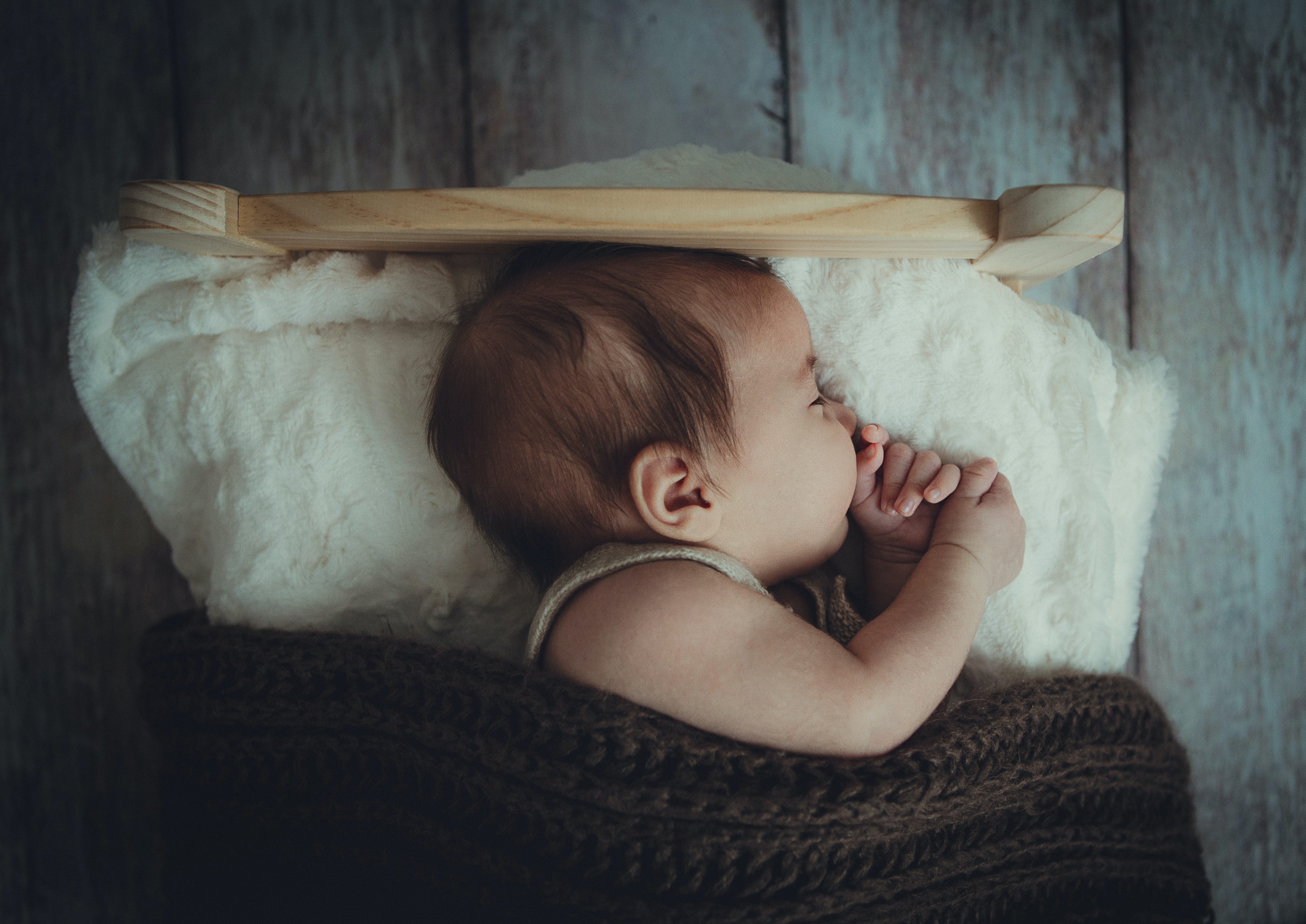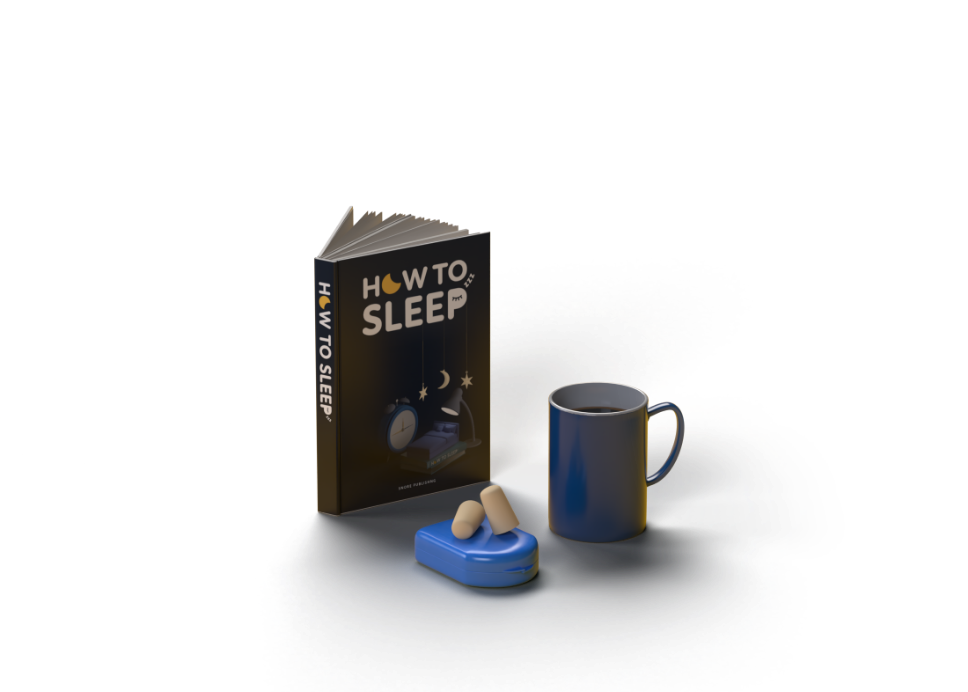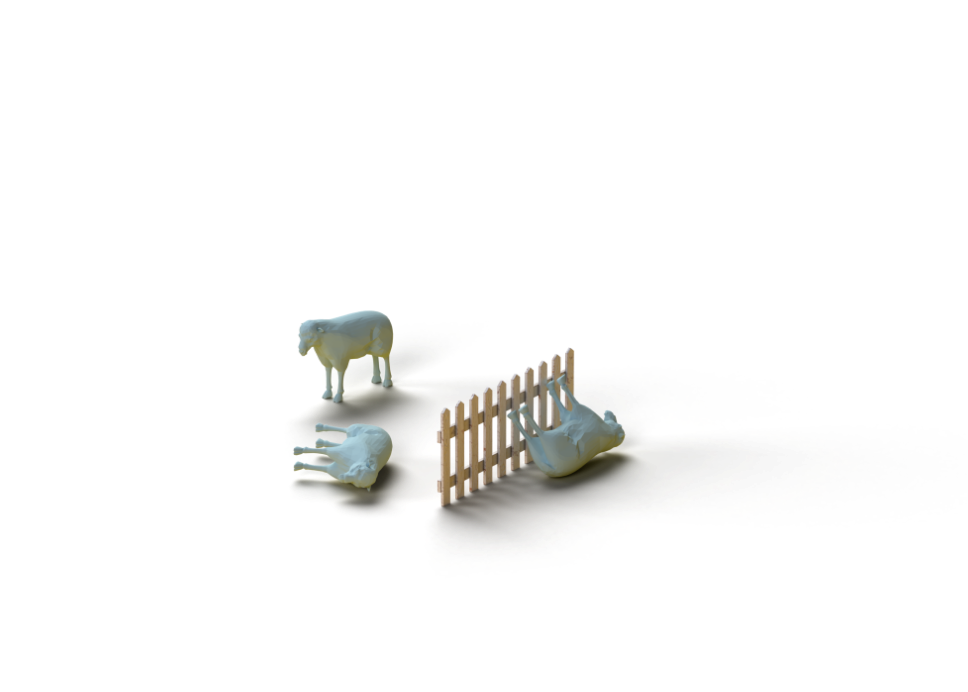
What should your baby wear to bed?
Learn moreContents
Becoming a parent is a wonderful experience, no matter what stage of life you’re in. Caring for a young child is incredibly rewarding, but it’s also no easy feat. Whether it’s baby-proofing your house, making sure they’re eating right, or just staying on top of their general health, there are a myriad of factors to keep in mind at all times.
As prepared as you might feel, one aspect of babycare which might have slipped your mind is crafting the perfect sleeping environment for your infant. One of the most important parts of a good nighttime routine is finding the right balance of clothing for them to wear.
In this guide, we’ll look to educate you on what your baby should wear to bed, no matter what the conditions. We’ll also take a wider look at the perfect climate for sleep, as well as how to tell if your baby is comfortable.
What clothes should a baby wear to bed?
In reality, what your baby should wear to bed will differ depending on the temperature of the room they’re in. While you can control this to a point, different times of year might result in varying conditions. That means you need to stay versatile, and have a set of options ready to go depending on what your baby’s room is like.
24℃+. If conditions in their room are hot, it’s best to dress your baby in nothing more than a vest and their nappy. Instead of a thick sheet, also consider using a thin one which is tucked into the side of their cot.
20℃-24℃. A sleepsuit is enough to keep your baby comfortable in these warmer conditions. Just one regular blanket will be enough to keep them warm as their body temperature drops overnight.
17℃-20℃. In these kinds of conditions your baby should wear both a vest and their sleepsuit. If the temperature is at the upper end of the bracket, one blanket will be enough. If it’s closer to 17℃, then two blankets might be required.
16℃ and below. If you can, you should never let your baby’s room drop to this temperature or below. If there is no way to increase the temperature in their room, dress them in both a vest and a sleepsuit, and then cover them with a 2.5 tog sleeping bag and a blanket (which you should tuck in).
If you have a particularly young baby, you might also consider swaddling them (wrapping them gently in a breathable and light blanket) at nighttime. This can be soothing, but it’s important to follow some strict safety advice to ensure they aren’t put in danger:
Leave their neck and head uncovered at all times
The blanket used to swaddle your baby must be thin and breathable
Your baby needs to be placed on their back to sleep
Make sure your baby is not wrapped too tightly
If you’re going to swaddle, make sure they’re not wearing too many layers
It’s best to avoid swaddling altogether in the warmer months of the year, where overheating can become more of a factor for your child.
What is the best room temperature for a baby?
As we’ve seen, the temperature of your baby’s bedroom will have a huge impact on what they wear to bed – as well as how comfortable they might be. You’ll want to try and work out what kind of temperature your baby feels most relaxed in – although this is understandably easier said than done.
The best rule of thumb is to work out if the room your baby is sleeping in would be a good temperature for yourself. If you think it would be a struggle to drop off, the chances are that your baby will feel the same way.
For a more concrete temperature to stick to, most healthcare experts suggest keeping a bedroom at anywhere between 20-22.2℃ (or 68-72℉). One of the easiest ways to monitor this would be to install a thermometer which is able to keep track of a room’s temperature at all times. Read our guide on the best temperature for sleep to find out more.
How to tell if your baby is too hot or cold
As much as we wish we could, it’s not possible to always know what your child is thinking or feeling. For that reason, it’s really important to regularly monitor young children and babies, to see if they’re showing any obvious signs of discomfort.
When it comes to issues in their sleeping environment, there are telltale signs which will tell you that they’re feeling either too cold or too hot in their bedroom.
Signs a baby might be too hot in their crib include:
Flushed cheeks
Damp hair or noticeable signs of sweat
Heat rash (or any other kind of rash)
Rapid breathing
If you notice your baby exhibiting any of these signs, make sure to remove a layer from them and then check on them again 10 minutes later. You can also see if their body temperature is high by checking their head or chest (not their hands or feet, as these are the first things to cool down overnight).
At the other end of the spectrum, these are some of the most obvious tells that a baby is feeling cold:
Pale skin
Continued sneezing fits
They’re quiet and lethargic
Their head feels cold
Fussing for no clear reason
If you notice your baby showing any of these signs, it’s important to try and adjust both their clothing and the temperature of the room immediately. Again, check back on them after 10 minutes to see if they’re warming up at all. Call a medical professional if they don’t show any signs of improvement.
How much sleep should a baby get?
Most of us know that the average adult should be getting anywhere from 7-8 hours of sleep a night to feel fully refreshed. The same however is not true of babies, infants and young children, who will need varying amounts of rest depending on the stage of development they’re in.
Making sure your baby or young child gets enough sleep is really important for their growth, so be sure to keep track of roughly what the “norm” is for each by using this chart as a reference:
Newborns (0-3 months) – 14-17 hours
Infants (4-11 months) – 12-15 hours
Toddlers (1-2 years) – 11-14 hours
Preschoolers (3-5 years) – 10-13 hours
School-age children (6-13 years) – 9-11 hours
If you feel your child is getting too little or too much sleep, make sure to consult with their doctor. If it’s a case of needing a stricter bedtime routine, always try to implement this first before turning to medical help.
The key to ensuring a happy and healthy night of rest is to regularly monitor your child. Make sure they’re happy with all aspects of their sleep environment – from what they’re wearing to the conditions of the room they’re in.
If you’d like to improve your own sleep habits, make sure to check out our comprehensive list of sleeping guides. It could make all the difference.

